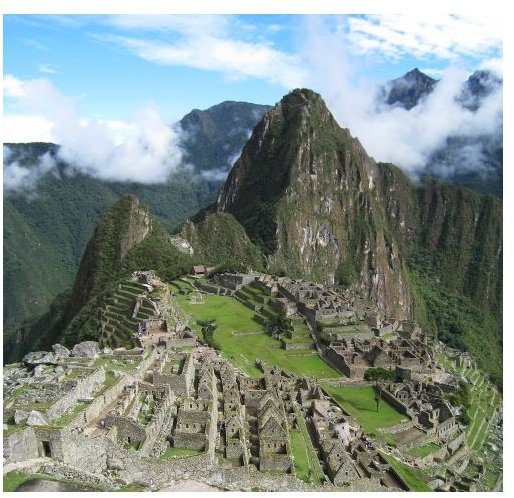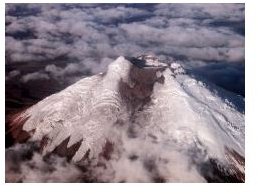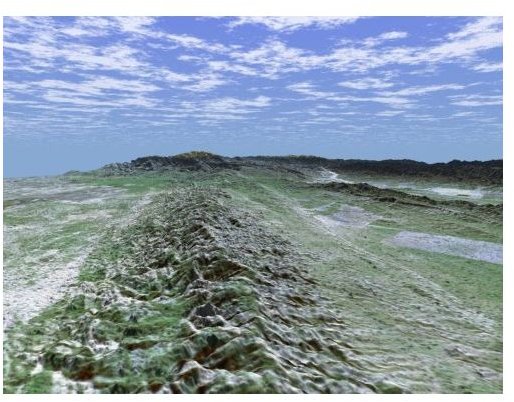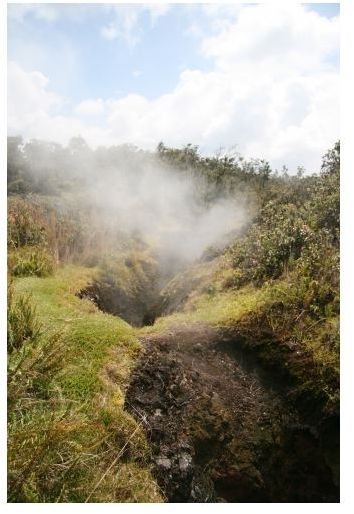Exploring Plate Tectonics: How Plate Tectonics Work and the Rock Formations that Result
In the early 1960’s, the theory of plate tectonics rocked the geologic world. Before the concept of plate tectonics had been introduced, geologists puzzled over earthquakes, mountain ranges such as the Andes Mountains, volcanoes, deep sea trenches, and fault lines such as San Andreas Fault, tossing about a number of incomplete ideas as to how such rock formations occurred in nature. Alfred Wegener, expanding on the earlier theory of continental drift, presented the theory of plate tectonics as an all-encompassing explanation for earthquakes, volcanoes, mountain ranges, and most other geologic rock formations.
Plate Tectonics
Today, almost all the outstanding rock formations on Earth’s surface may be explained using the behavior of plate tectonics. Earth’s crust is divided into slabs of continental and oceanic plates, all embedded in Earth’s outermost compositional layer called the lithosphere. The lithosphere is cool and solid, being so close to the surface, but the portion of the lithosphere directly overlying the mantle- called the asthenosphere- remains hot (nearly at melting point) and somewhat fluid.
Imagine plate tectonics as the hard candy shell on top of a melting scoop of ice cream. When the ice cream is fluid, the shell will crack and drift apart at certain points of weakness. Much the same is the behavior of the solid lithosphere over the weak and fluid motion of the asthenosphere. These continental and oceanic plates that make up the lithosphere sit raft-like over the moving asthenosphere and are frequently made to pull apart from one another, crash into one another, pry below one another like a massive crow-bar, and slide past one another defining the three major types of plate tectonics.
Divergent Boundary
A divergent boundary is a form of plate tectonics where plates separate and move in opposite directions, forming a rift or massive crack in the surface. This rift allows for magma to well up from the asthenosphere, fill the crevice, solidify, and become new lithosphere. Earthquakes and volcanoes are present at the divergent boundary as plates move apart. The further the plates “drift,” the more magma solidifies as lithosphere in the valley formed.
The Mid-Atlantic Ridge is a famous example of sea-floor spreading where new sea floor is created as plates move apart at a divergent boundary. Earth is constantly recycling old rock matter and creating new rock surface. The divergent boundary is the form of plate tectonics responsible for all new rock lithosphere on the face of the planet.
Volcanic Rift in Hawaii
Convergent Boundary
If plates are moving apart anywhere on the globe, it would stand to reason that elsewhere they are being pushed together. At a convergent boundary, two plates collide and massive earthquakes will ensue as one plate is forced beneath the other—this process of plate tectonics is called subduction. Subduction is responsible for most of Earth’s mountain ranges, volcanoes, earthquakes, and deep sea trenches.
In the case of the Andes Mountains, the oceanic Nazca Plate plunged below the South American Continental Plate creating a deep sea trench on the oceanic side and the crumpled, upturned Andes Mountains on the continental side. Matter from the oceanic plate was scrapped away by the upward movement of the mountain range, accounting for the discovery of deep-sea fossils on the highest peaks of the Andes Mountains.
When the lithosphere moves down into the asthenosphere at a convergent boundary, it gets melted and recycled back into the mantle. The pools of magma that form while the lithosphere melts into the mantle may rise upward, exploding to the surface as volcanoes. The convergent boundary of the Andes Mountains in South America is home to some of the deadliest volcanoes in the world.
Machu Picchu City of the Andes Mountains l Andes Volcano


Transform Boundary
A transform boundary is a form of plate tectonics where two plates slide past one another in opposite directions, creating a transform fault. The San Andreas Fault of California is one such example of a transform boundary. The rocks facing each other on either side of the San Andreas Fault are of differing age and composition.
The lithosphere plates at a transform boundary do not smoothly slide alongside one another; snags and folds create friction that accounts for some of the world’s deadliest earthquakes—The San Andreas Fault was responsible for the earthquakes that tore down San Francisco in 1906.
San Andreas Fault

Plate tectonics- the divergent boundary, the convergent boundary, and the transform boundary- are responsible for almost all the most magnificent rock formations of the world… and some of the most devastating forces of nature. Volcanoes, earthquakes, rifts, San Andreas Fault, the peaks of the Andes Mountains, and the lowest deep-sea trenches all owe their existence to the shifting movement of plate tectonics.
References
Press, Frank; Siever, Raymond. Understanding Earth: Third Edition. New York, NY, W.H. Freeman and Company, 2000.
